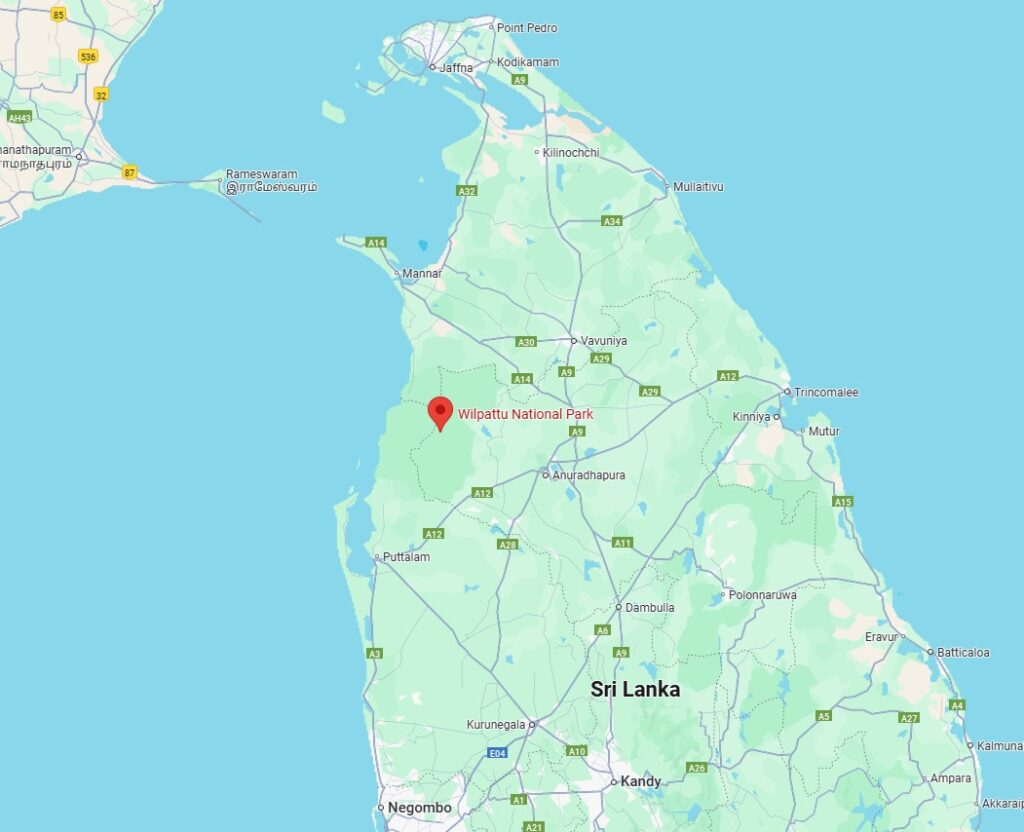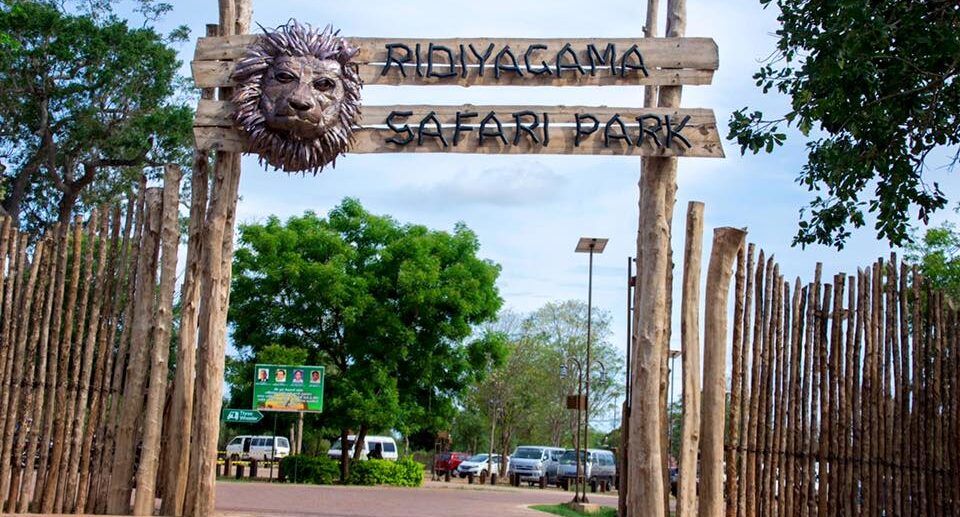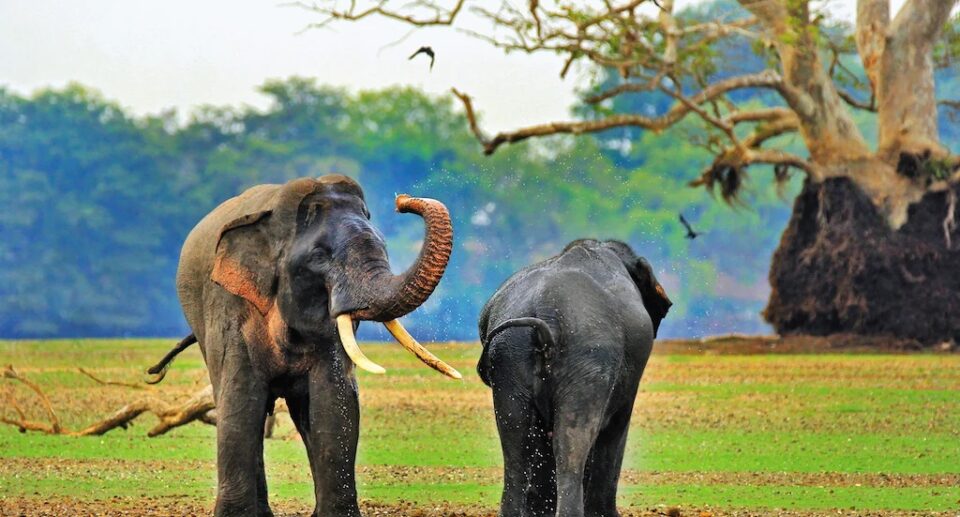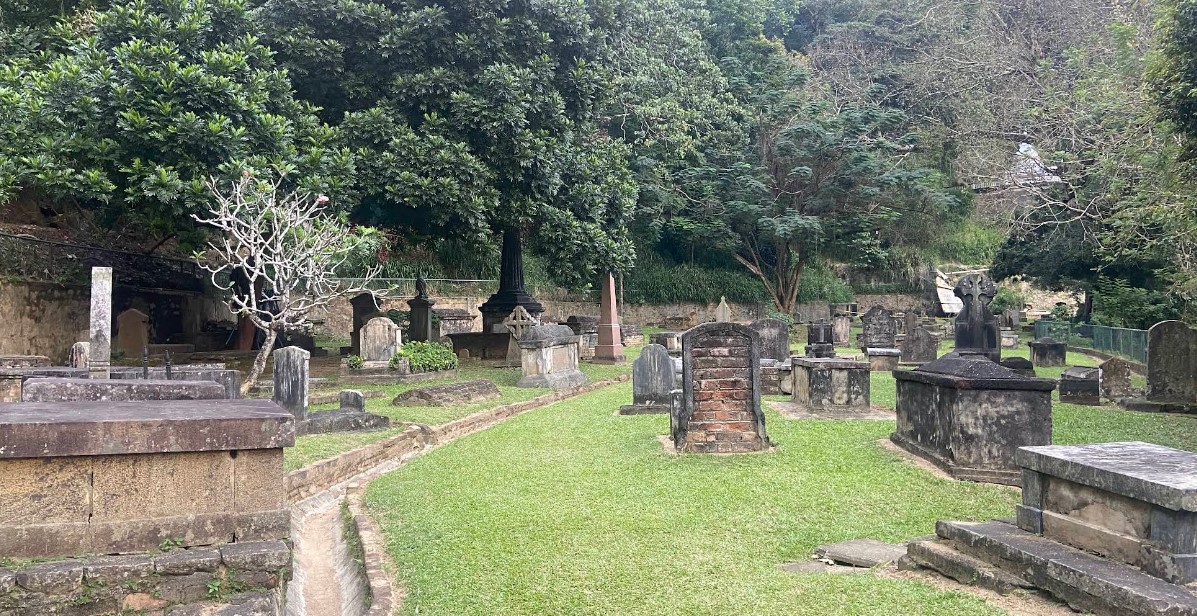Wilpattu National Park: Sri Lanka’s Wild Treasure
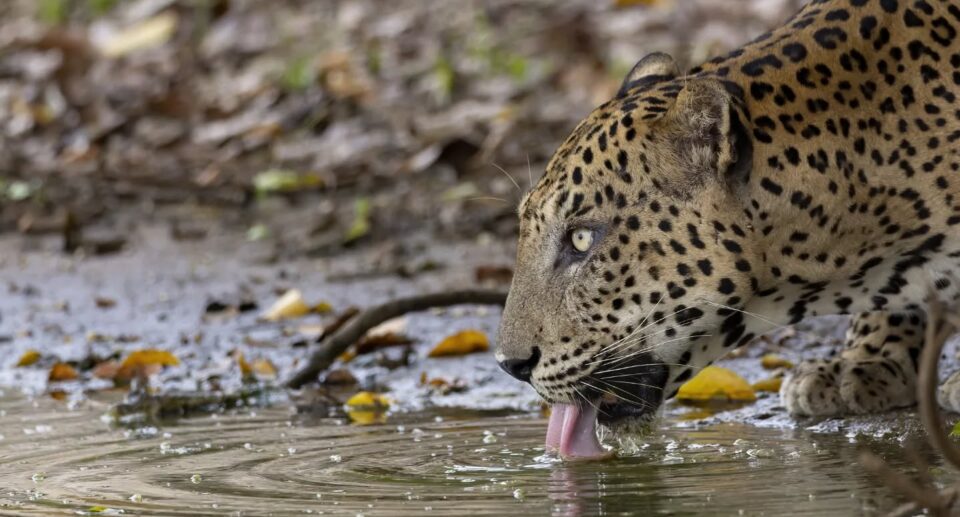
Concealed in Sri Lanka’s northwest corner, Wilpattu National Park offers a genuine wild and untamed safari experience. Renowned for its magical “villus” (natural lakes), thick jungles, and ghost leopards, Wilpattu is Sri Lanka’s largest and one of its oldest national parks. While less internationally renowned than Yala, it is preferred by wildlife enthusiasts and adventurers for its rugged, unspoiled beauty and thinly populated setting.
A Brief History
Wilpattu National Park was proclaimed a wildlife sanctuary in 1905 and a national park in 1938, and therefore it is one of the oldest protected places in Sri Lanka. However due to the civil war that struck the country for nearly three decades, the principal sections of the park were not accessible to visitors until 2010.
This extended closure operated as an unplanned conservation boon. It allowed much of Wilpattu’s wildlife to thrive in seclusion, free from the pressures of poaching and tourism, leaving its natural systems undamaged. After reopening, the park welcomed a new generation of wildlife enthusiasts and conservationists.
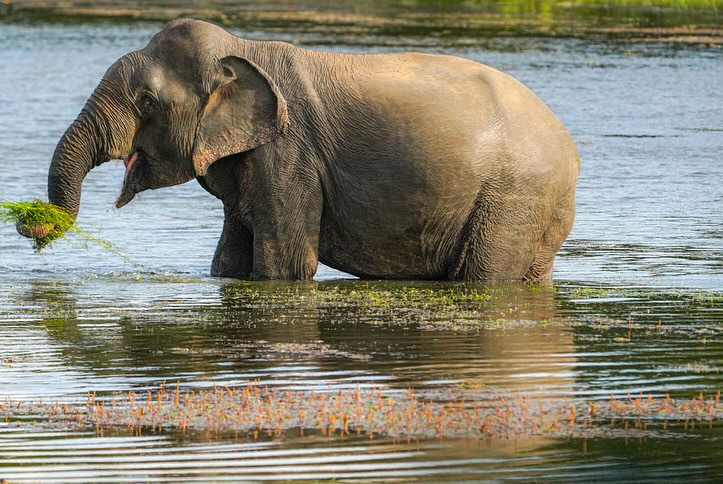
Location and Size
Wilpattu lies about 30 kilometers west of Anuradhapura and approximately 180 kilometers north of Colombo, a mere 4 to 5-hour drive. Covering an enormous 1,317 square kilometers, the park hugs the northwest coast inland towards the cultural triangle. It features coastal scrub, dry lowland forest, and a strange system of seasonal lakes and wetlands known locally as “villus.”
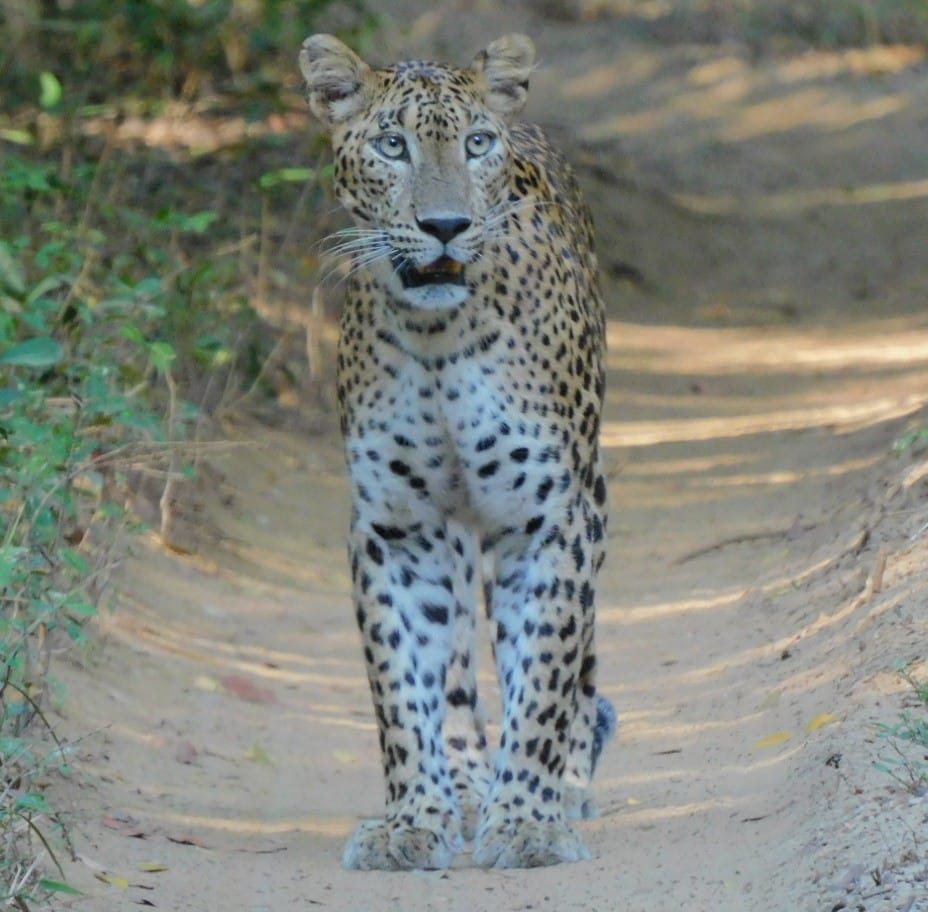
These villus, numbering over 60, are shallow rainwater-filled water pools that are scattered throughout the park like natural oases. They sustain Wilpattu, and in both dry and wet seasons, they draw a range of animals.
Biodiversity: A Haven for Wildlife
Wilpattu boasts exquisite biodiversity and is a prime destination for all nature lovers wanting to explore the natural world of Sri Lanka. The park’s ecosystem can support over 30 species of mammals in addition to a rich diversity of birds, reptiles, amphibians, and insects.
Mammals
Sri Lankan Leopard (Panthera pardus kotiya):
Wilpattu is one of the best places on earth to see the Sri Lankan leopard, an endemic and endangered subspecies, and as shy as ever. Though not as regularly seen as at Yala, the Wilpattu experience is highly rewarding due to the serene environment.
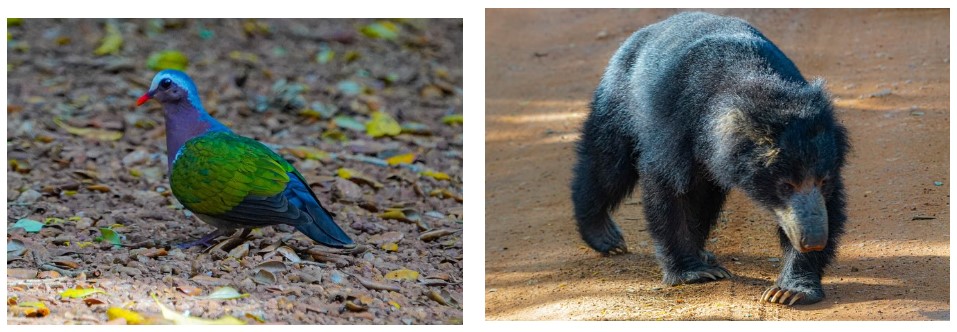
Sloth Bear (Melursus ursinus):
These shaggy-coated animals are easier to spot during the fruiting season of the palu trees (May to July), when they climb trees to feed on the ripe fruit.
Asian Elephant (Elephas maximus):
While not as concentrated as at Minneriya or Udawalawe, Wilpattu has small herds of wild elephants that roam its deep forests.

Spotted Deer, Sambar Deer, Wild Boar, Jackals, and Water Buffalo are also regularly spotted.
Birdlife
With over 200 bird species, Wilpattu is a birdwatcher’s paradise.
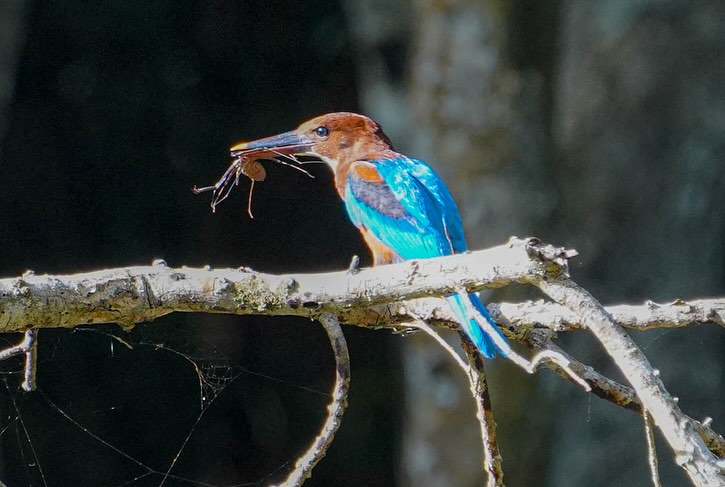
Key sightings include: Painted Storks , Asian Openbill ,Crested Serpent Eagle, Junglefowl (Sri Lanka’s national bird) White-bellied Sea Eagle Numerous migratory birds between November and March
Flora: The Forest of Contrasts
Wilpattu land is a patchwork of ecosystems: Dry evergreen forest in the inland areas. Scrub jungles and open grasslands appear near the villus. The coastal vegetation borders the park in the west.
Reptiles and Amphibians
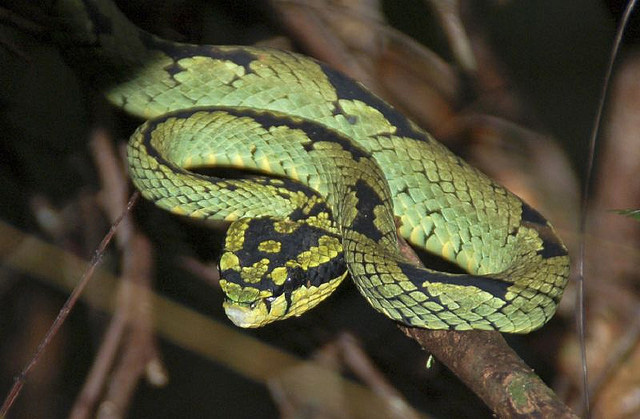
Crocodiles sun themselves along the villus, and monitor lizards, a range of snakes (pythons and cobras among them), and tree frogs make up the herpetofauna. The presence of both wetland and forest ecosystems supports a vast array of life.
The vegetation includes native hardwood like palu, weera, milla, and ebony, and medicinal plants that are used in traditional Ayurveda. With the monsoon rains, the park is a riot of green, transforming the arid brown landscape into a virtual paradise.
Safari Experience: The Wilpattu Difference
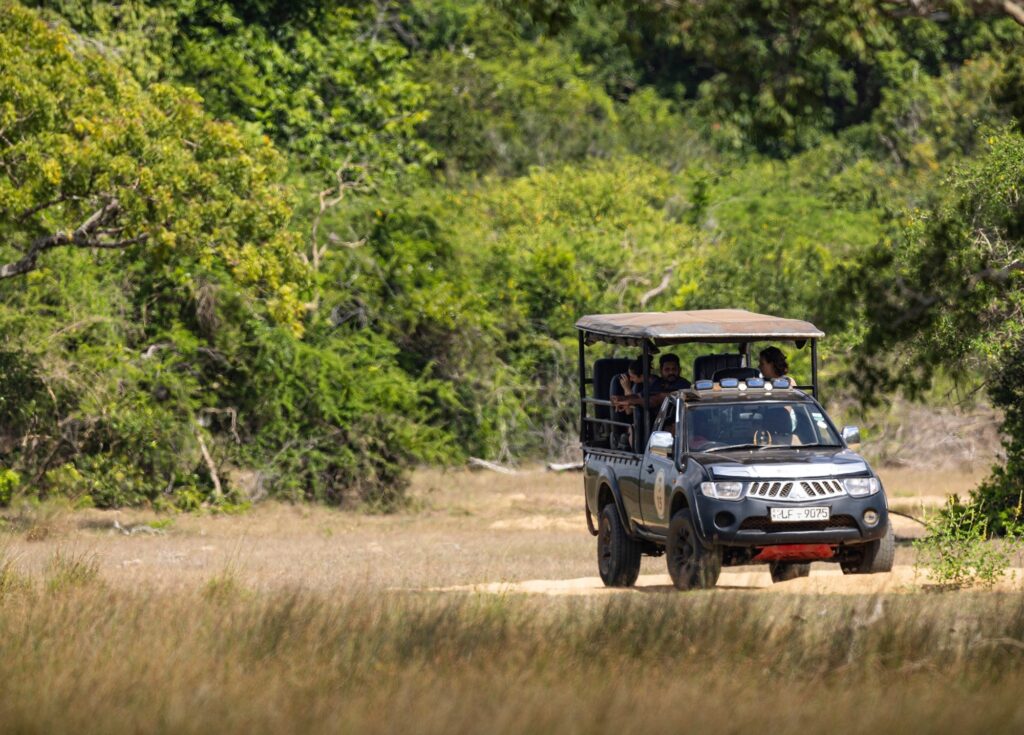
Relative to more commercial parks, Wilpattu is an intimate and serene safari experience. There are fewer jeeps on the tracks, meaning easier quiet observation and photography with fewer crowds. The safaris are conducted in 4×4 vehicles, and you can opt for half-day or full-day safaris.
The best of a Wilpattu safari are: No set routes, so guides and drivers can travel by animal movement. Opportunities to see leopards in solitude, free from crowds. Bird watching points near villus and waterholes. Camping and glamping options within and near the park.
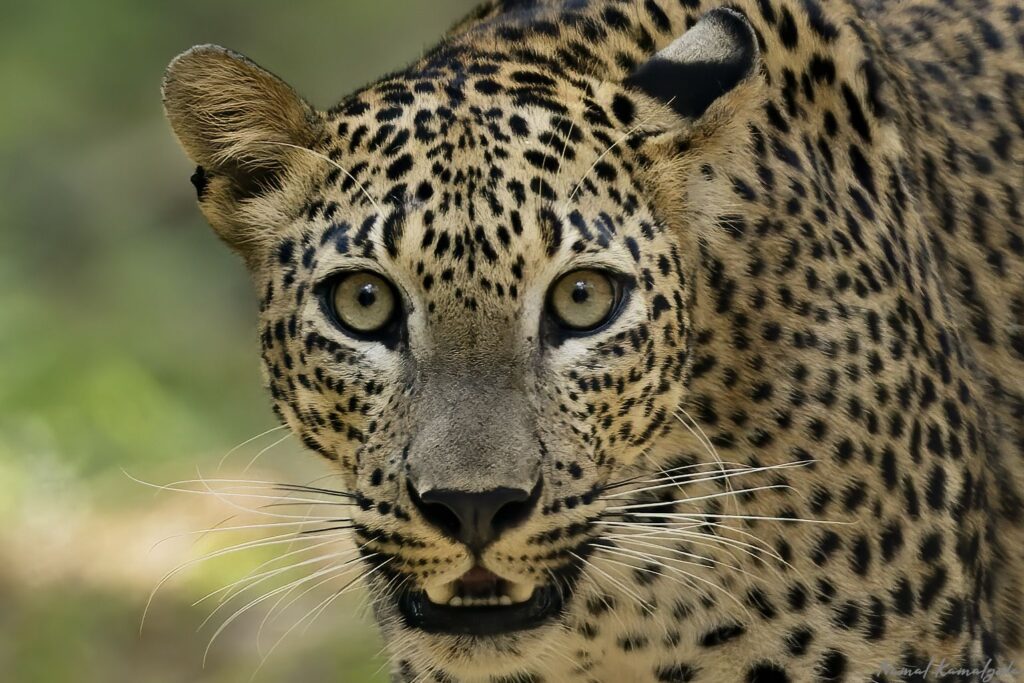
Best safaris are early morning and late afternoon for sightings.
Conservation Efforts and Challenges
Wilpattu is managed by Sri Lanka’s Department of Wildlife Conservation, and although it is quite remote, the park has numerous issues to deal with: Illegal deforestation and land encroachment, particularly in the northern boundary areas. Poaching, though less frequent now, had been a problem. Climate change and erratic rainfall, affecting the villus’ seasonal patterns.
Various NGOs and environmental groups have stepped in to raise awareness and encourage sustainable practices, particularly regarding sensitive zones around the park.
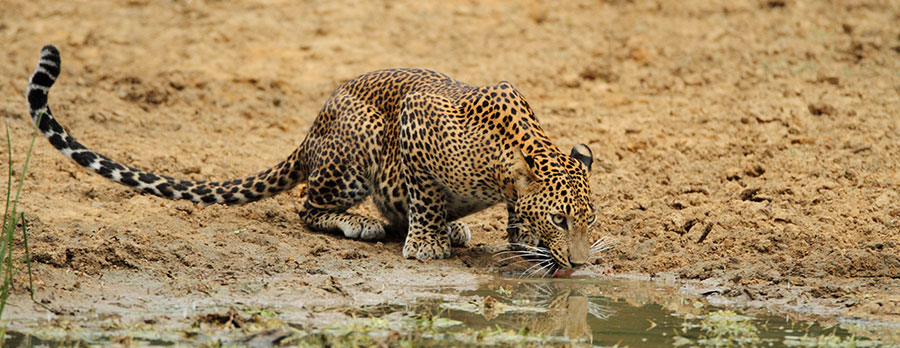
Local Attractions and Travel Tips
Wilpattu is strategically located near some cultural and historical attractions: Anuradhapura – One of Sri Lanka’s old capitals with stupas and sacred Buddhist relics.
Mannar – Coastal town well-known for bird watching, especially migrant birds. Kalpitiya – Best suited for whale watching and dolphin safaris.
Travel Tips: Best time to visit: February to October, especially March–June for leopard and bear sightings.
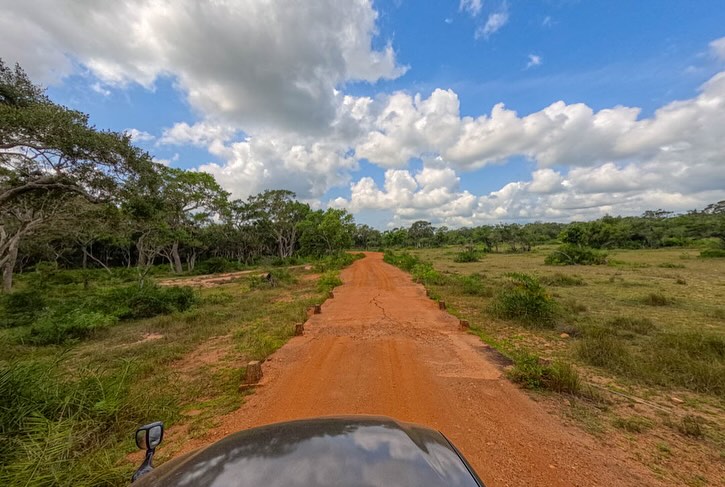
Park hours: 6:00 AM to 6:00 PM.
Bring binoculars, sunscreen, and insect repellent. Hire a qualified naturalist guide for a deeper understanding of the ecosystem.
How to Get There
From Colombo: By train or bus to Anuradhapura or Puttalam, then a taxi or local transport to the Hunuwilagama Entrance, the main access point to Wilpattu.
By car: 4.5-hour drive via Puttalam – Anuradhapura Road.
Accommodations
Wilpattu National Park is a treasure trove of mystery, culture, and diversity. Far from human throngs, it offers an unbridled and deeply gratifying safari experience. Whether you’re searching for that ideal leopard photo, eager to spot unusual birds, or simply content to lose yourself in nature, Wilpattu offers an unforgettable journey through one of Sri Lanka’s last great wildernesses.
